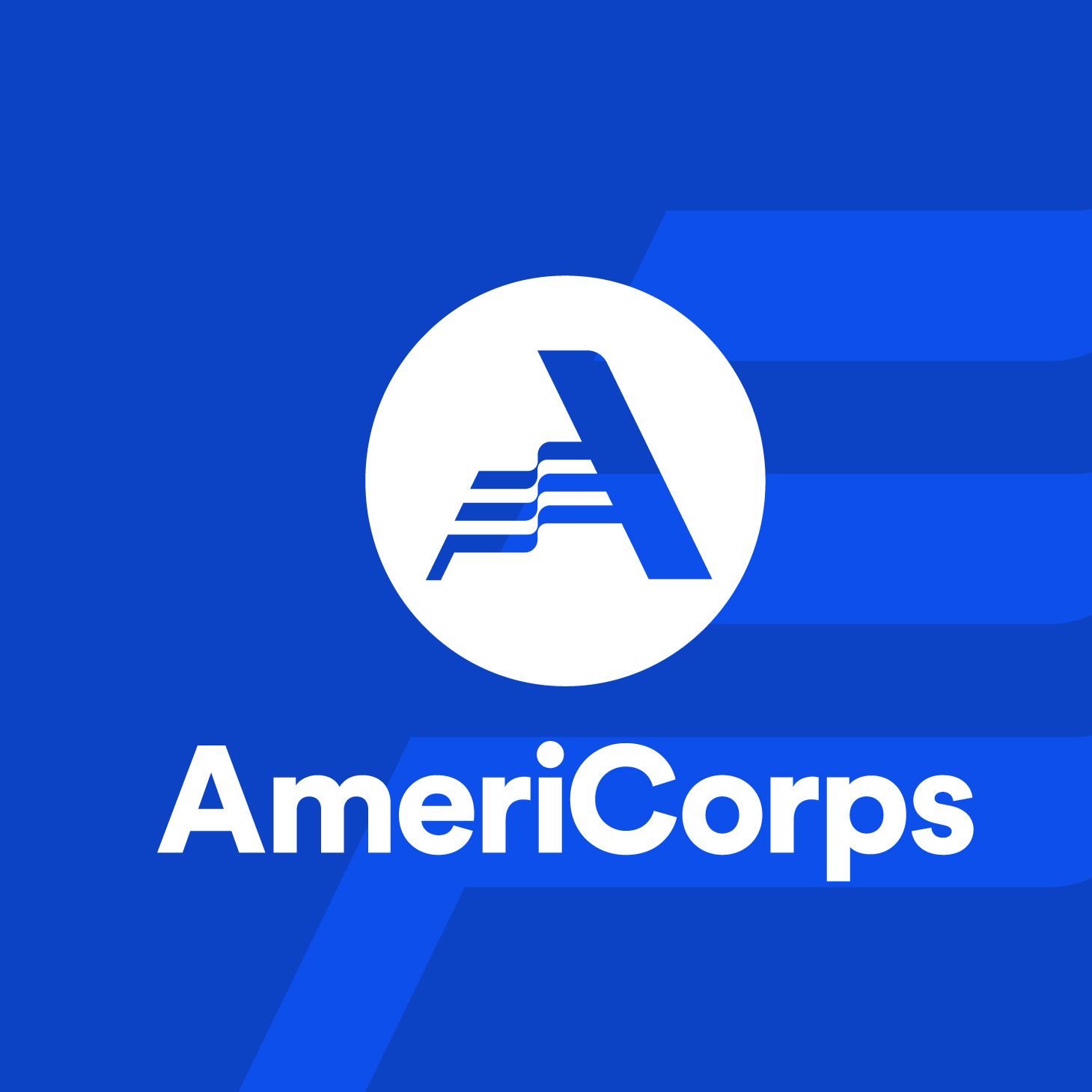
Imagine a land near a large city that is overrun with dying trees, overgrown with invasive weeds, and filled with underbrush so thick it is nearly impossible to hike through. This land is a hazard, creating the perfect conditions for dangerous fires. Now, think about if that actually happened. With an abrupt strike of lighting, the dry forest is now in flames at nearly 1000° Fahrenheit.
You may think firefighters are trained for this, and you would be right. But, what if this fire grows and devours acres like a hungry beast? Slowly creeping its way to the place you call home, tearing into and destroying the life there. Scary to think about, right?
That’s where a little thing called a fire line comes in.
Whether it’s prescribed (sometimes referred to as controlled) or a wildfire, a fire line acts as a barrier between the vegetation and the fuel the fire consumes.
What a perfect fire line requires is digging down to what fuels members call “bare mineral soil or rock.” This is usually done with an array of tools, like Pulaski’s, A rogue hoe, a rhino, comby, and occasionally, a McLeod.
Extreme heat increases the chances of wildfires and puts civilian lives in danger. Without a barrier to protect homes and cities, an entire town could be gone within a couple of minutes.
Wind is a huge contributor to wildfires. One little spark could light up an entire area in a matter of seconds. It’s extremely dangerous and ruins lives and families in a matter of no time.
That is why the fire crew and the Youth Conservation Corps (YCC) work together to create a fire line. To protect and preserve native wildlife, and save the life of thousands!

![[Image Description: Four MCC members wade across a river. In the background, there are hillsides covered in gold from the quaking aspens, and deep green pine trees.]](https://cdn.firespring.com/images/bc3da824-0c18-4b37-a2dd-27ae52872fd1.jpg)



